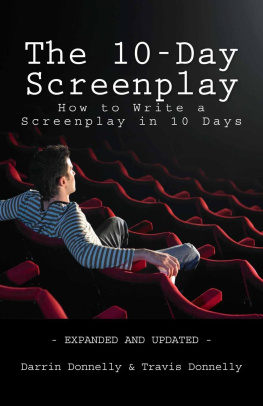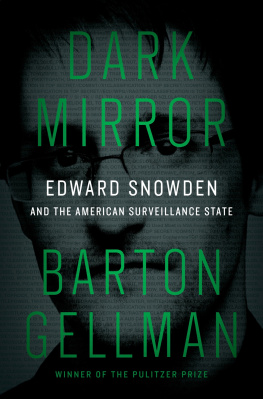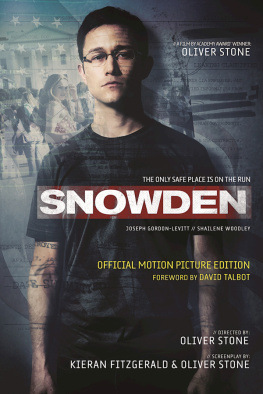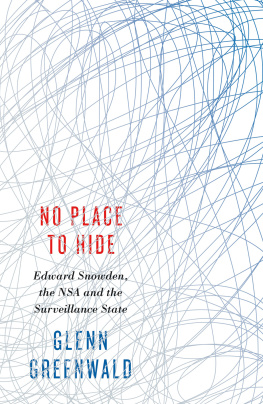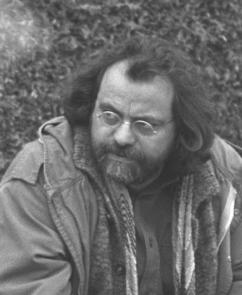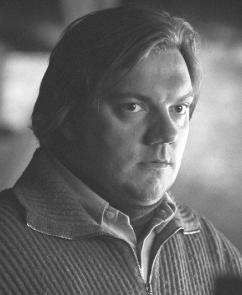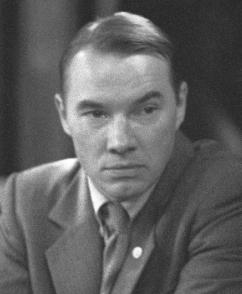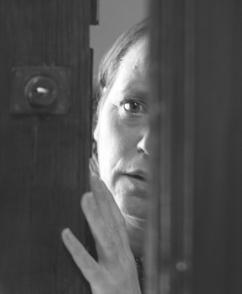Florian Henckel von Donnersmarck - The Lives of Others: A Screenplay
Here you can read online Florian Henckel von Donnersmarck - The Lives of Others: A Screenplay full text of the book (entire story) in english for free. Download pdf and epub, get meaning, cover and reviews about this ebook. year: 2014, publisher: Pushkin Press, genre: Detective and thriller. Description of the work, (preface) as well as reviews are available. Best literature library LitArk.com created for fans of good reading and offers a wide selection of genres:
Romance novel
Science fiction
Adventure
Detective
Science
History
Home and family
Prose
Art
Politics
Computer
Non-fiction
Religion
Business
Children
Humor
Choose a favorite category and find really read worthwhile books. Enjoy immersion in the world of imagination, feel the emotions of the characters or learn something new for yourself, make an fascinating discovery.
- Book:The Lives of Others: A Screenplay
- Author:
- Publisher:Pushkin Press
- Genre:
- Year:2014
- Rating:4 / 5
- Favourites:Add to favourites
- Your mark:
The Lives of Others: A Screenplay: summary, description and annotation
We offer to read an annotation, description, summary or preface (depends on what the author of the book "The Lives of Others: A Screenplay" wrote himself). If you haven't found the necessary information about the book — write in the comments, we will try to find it.
1984. East Germany. Captain Gerd Wiesler, a loyal member of the secret police, is assigned to spy on the playwright Georg Dreyman. The flat is bugged, and Wiesler begins to listen in to the daily - and nightly -activities of the playwright and his actress-girlfriend. But when he discovers that the surveillance has been instigated by the Minister of Cultures desire for Dreymans girlfriend, rather than the playwrights political views, Wiesler begins to question his own loyalties. As he continues to listen in, he finds himself becoming increasingly absorbed in the couples lives, and the gap between his professional duty and personal integrity starts to widen.
This hugely influential film by Florian Henckel von Donnersmarck, whose screenplay is published in English for the first time, is as relevant - or even more so - now, in the wake of Edward Snowden and the WikiLeaks revelations, as it was when it won the 2007 Academy Award for Best Foreign Language Film.
With a foreword by John le Carr.
Further contents:
Introduction by Florian Henckel von Donnersmarck; Appassionata: The Idea for the Film, by Florian Henckel von Donnersmarck; an essay by Sebastian Koch (Georg Dreyman); an interview with Ulrich Mhe, by Florian Henckel von Donnersmarck; Wieslers Change of Heart, an essay by Manfred Wilke; full film cast and crew credits
Florian Henckel von Donnersmarck: author's other books
Who wrote The Lives of Others: A Screenplay? Find out the surname, the name of the author of the book and a list of all author's works by series.






